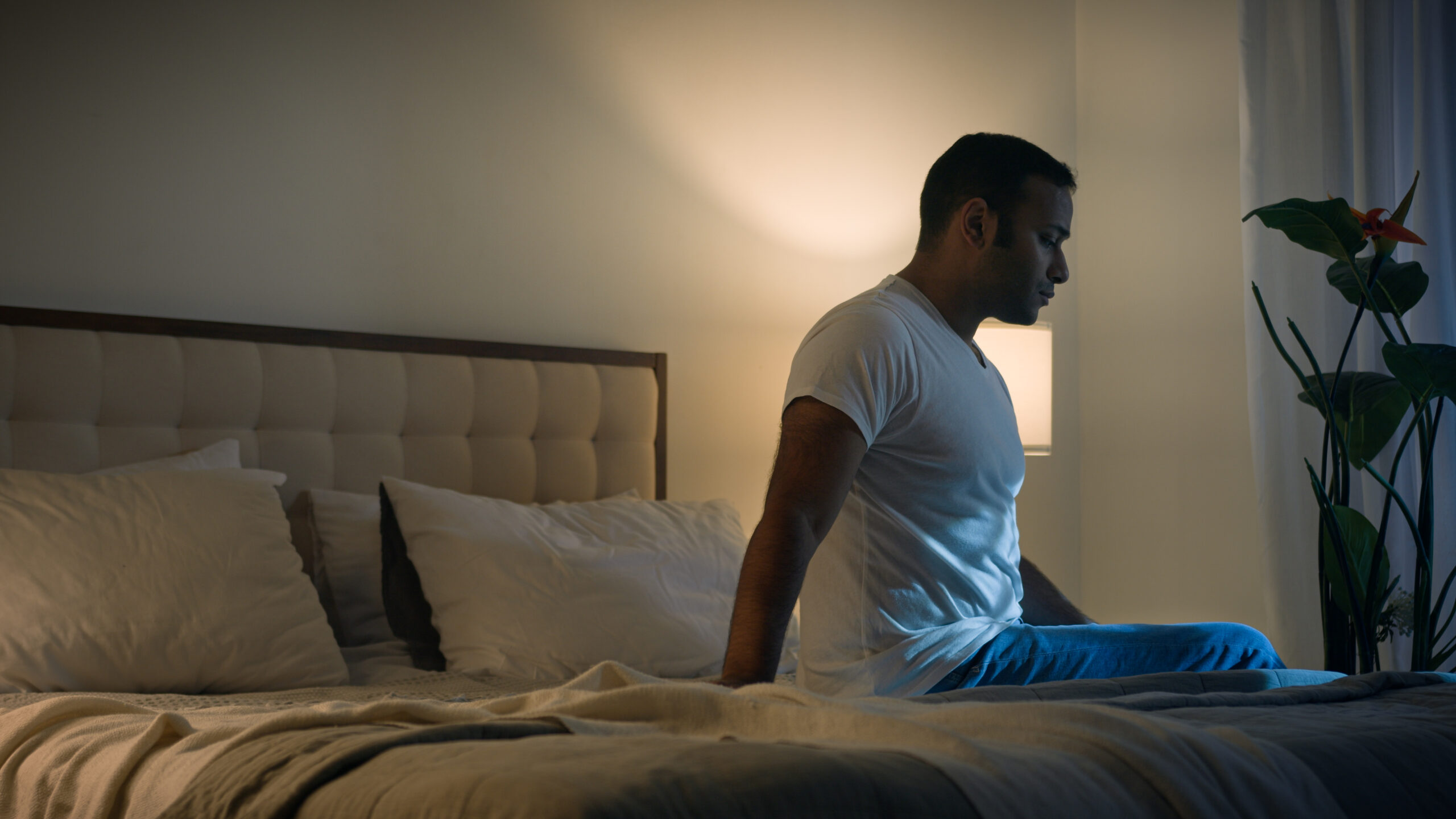Pelvic pain, particularly in men, is a complex and often misunderstood issue. Many men suffering from chronic pelvic pain experience frustration and confusion when medical providers fail to identify the root cause. In some cases, over masturbation may play a significant role in the development of these symptoms. Let’s explore the connection between over-masturbation and chronic pelvic pain, why this happens, and what you can do about it.
Understanding Pelvic Pain in Men
Chronic pelvic pain often manifests as discomfort or pain in the perineum, scrotum, lower abdomen, testicles, or even the rectal area. Additional symptoms can include urinary frequency, urgency, and pain during sitting. While many men seek medical advice for these symptoms, they are often met with inconclusive results or diagnoses such as depression, neurological issues, or infections. These explanations may not resonate with patients who feel otherwise healthy.
Some men’s pelvic pain stems from musculoskeletal problems, specifically issues within the pelvic floor muscles. These muscles, located at the base of the pelvis, play a critical role in supporting the organs and maintaining proper urinary and sexual function. When these muscles are overused or stressed, they can spasm, tighten, and become fatigued, leading to chronic pain.
The Role of Over-Masturbation
For some men, excessive masturbation may be a contributing factor to pelvic pain. Frequent ejaculation causes repeated contractions of the pelvic floor muscles. Over time, these repetitive movements can lead to muscle fatigue, tightness, and spasms. This condition may exacerbate or directly cause chronic pelvic pain.
Symptoms Associated with Over-Masturbation
Men who have developed pelvic floor dysfunction due to over-masturbation may experience:
- Penile pain
- Scrotal discomfort
- Rectal or perineal pain
- Lower abdominal pain
- Changes in urinary habits (e.g., frequency or urgency)
- Altered penile texture (e.g., “hard flaccid,” where the penis feels firmer and smaller even when not erect)
- Erectile dysfunction
These symptoms are often mistaken for other medical conditions, leading to unnecessary treatments or misdiagnoses. For example, antibiotics may be prescribed under the assumption of an infection, even when no infection is present.
The Link Between Pain and Performance Issues
Chronic pelvic pain and sexual performance issues often overlap. For some men, the pain precedes sexual dysfunction, while for others, performance problems contribute to the development of pelvic pain. Over-masturbation can further complicate this relationship, as the frequent muscle contractions can lead to spasms and nerve irritation.
Hard Flaccid Syndrome
One notable condition linked to pelvic floor dysfunction is hard flaccid syndrome. This occurs when the penis feels firm but lacks proper erectile function. It is often associated with:
- Muscle fatigue
- Nerve irritation
- Changes in pelvic floor muscle tension
Hard flaccid syndrome can significantly impact a man’s confidence and quality of life, reinforcing the cycle of pain and dysfunction.

Why Conventional Treatments May Fail
Many healthcare providers overlook the musculoskeletal origins of pelvic pain. While some doctors are knowledgeable about these issues, many are not. As a result, patients are often left feeling frustrated and unsupported.
Pelvic floor dysfunction is a muscle problem, not a systemic or psychological one in most cases. Treating the condition requires a specialized approach, focusing on:
- Muscle relaxation
- Nerve desensitization
- Targeted exercises
A Path to Relief: Pelvic Floor Therapy
Pelvic floor therapy is a proven solution for many men experiencing chronic pelvic pain. This specialized form of physical therapy targets the muscles of the pelvic floor to reduce spasms, improve muscle function, and alleviate pain.
What Is Pelvic Floor Therapy?
Pelvic floor therapy involves:
- Manual Therapy: Hands-on techniques to release tight muscles and improve flexibility.
- Biofeedback: Monitoring muscle activity to help patients learn how to control their pelvic floor muscles.
- Stretching and Strengthening Exercises: Customized routines to restore muscle balance.
- Relaxation Techniques: Stress reduction methods to prevent muscle tension.
Online Resources for Pelvic Floor Therapy
If visiting a pelvic floor specialist isn’t feasible, online programs can provide valuable guidance. Many programs include video tutorials, exercises, and educational materials to help men manage their symptoms from home. These resources can be particularly helpful in understanding the condition and beginning self-treatment.
Taking Action: Steps to Recovery
If you suspect that over-masturbation is contributing to your pelvic pain, here are some steps you can take:
- Limit Frequency: Reduce the number of times you masturbate to give your pelvic floor muscles time to recover.
- Practice Relaxation Techniques: Engage in deep breathing exercises, meditation, or yoga to relax the pelvic muscles.
- Seek Professional Help: Consult a pelvic floor therapist or a specialist familiar with male pelvic pain.
- Educate Yourself: Explore online resources or attend workshops to learn more about pelvic floor health.
- Be Patient: Recovery takes time. Consistent effort and professional guidance are key to managing symptoms effectively.
Is Over Masturbation Causing Your Chronic Pelvic Pain? – Breaking the Stigma
Pelvic pain and its connection to sexual health remain taboo topics for many men. However, discussing these issues openly is crucial for raising awareness and finding effective solutions. If you’re experiencing chronic pelvic pain or performance issues, know that you’re not alone and that help is available.
By addressing the root causes of pelvic pain, including over masturbation, you can regain control of your health and quality of life. Don’t let embarrassment or misinformation prevent you from seeking the support you need.
Chronic pelvic pain may feel overwhelming, but understanding its potential causes and solutions is the first step toward relief. With the right approach, you can alleviate your symptoms and restore your well-being.
Also Read: What Is Hard Flaccid Syndrome and Can It Be Treated?
About:
I’m Hina Sheth. I have been treating complex orthopedics, sports and pelvic floor physical problems for over 25 years with amazing results. Now I want to bring my knowledge to the global community so I can spread my knowledge to you.
Our bodies are complex systems of 600 muscles and organs intertwined in a fascial system that all work together. Imbalances in this system such as trigger points, visceral and myofascial restrictions can lead to joint, pelvic, and organ issues.
Factors like nutrition, exercise, sleep, and stress play a crucial role. Unfortunately, our current healthcare model does not look at our bodies as a whole and oftentimes compartmentalize musculoskeletal injuries and dysfunctions.
At Rebalance, our goal is to holistically treat this complex system to restore harmony in the body. By addressing these imbalances, we help clients improve their overall health and well-being. Our vision is to empower individuals to create a healthier lifestyle for themselves.






